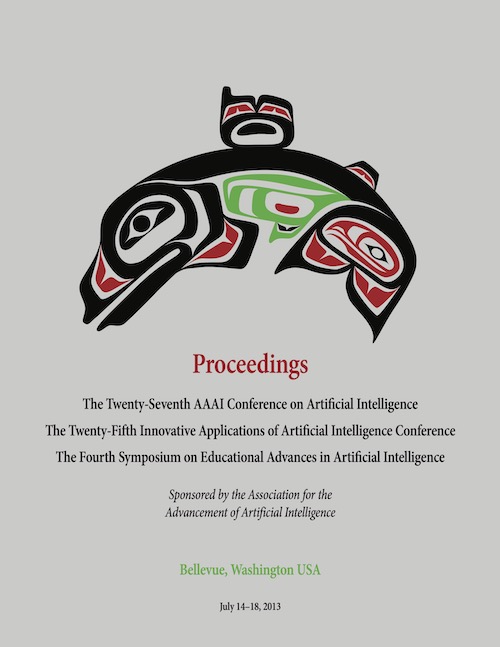Early Prediction of Coronary Artery Calcification Levels Using Machine Learning
DOI:
https://doi.org/10.1609/aaai.v27i2.19001Abstract
Coronary heart disease (CHD) is a major cause of death worldwide. In the U.S. CHD is responsible for approximated 1 in every 6 deaths with a coronary event occurring every 25 seconds and about 1 death every minute based on data current to 2007. Although a multitude of cardiovascular risks factors have been identified, CHD actually reflects complex interactions of these factors over time. Today’s datasets from longitudinal studies offer great promise to uncover these interactions but also pose enormous analytical problems due to typically large amount of both discrete and continuous measurements and risk factors with potential long-range interactions over time. Our investigation demonstrates that a statistical relational analysis of longitudinal data can easily uncover complex interactions of risks factors and actually predict future coronary artery calcification (CAC) levels — an indicator of the risk of CHD present subclinically in an individual — significantly better than traditional non-relational approaches. The uncovered long-range interactions between risk factors conform to existing clinical knowledge and are successful in identifying risk factors at the early adult stage. This may contribute to monitoring young adults via smartphones and to designing patient-specific treatments in young adults to mitigate their risk later.

